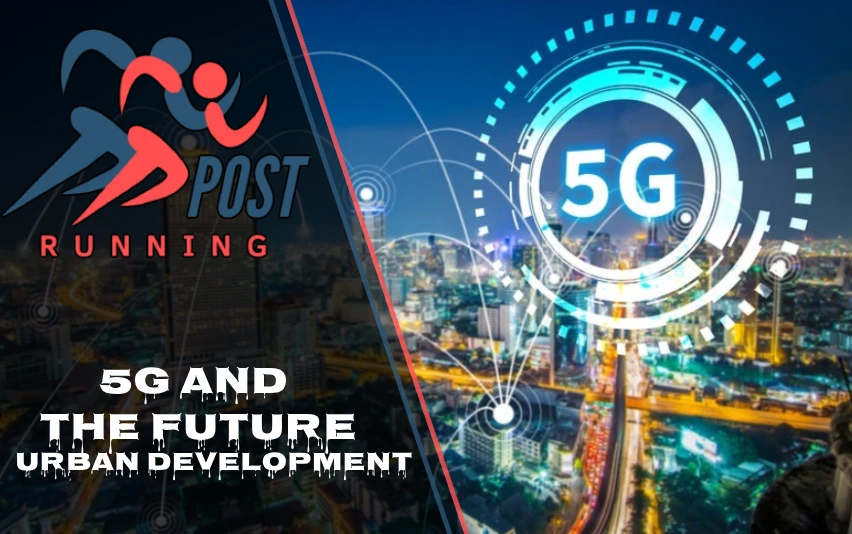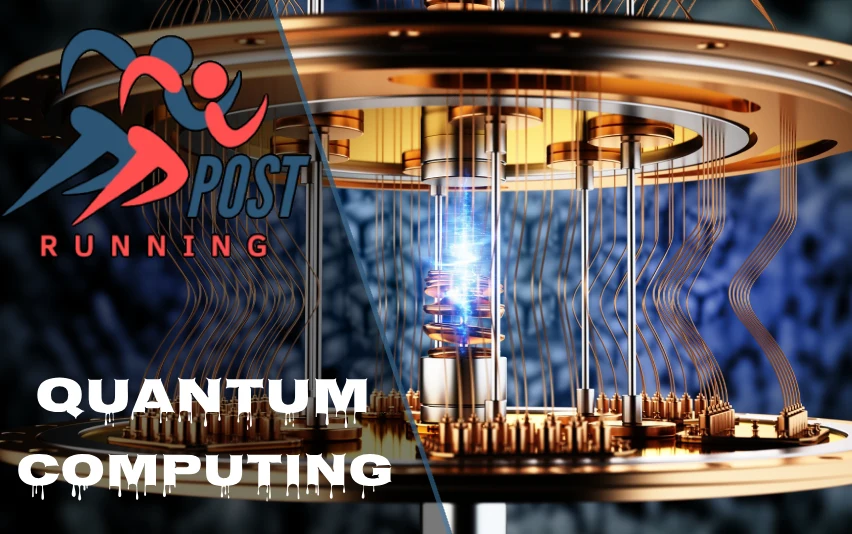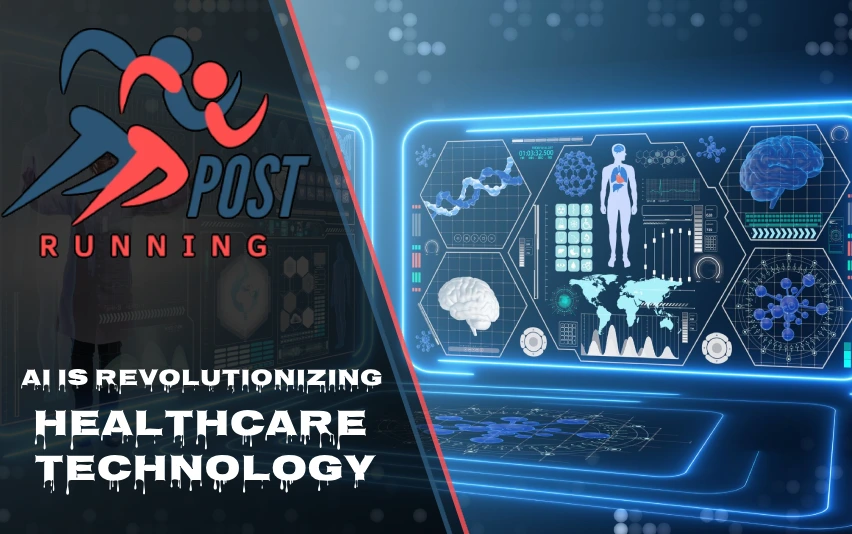Edge computing is revolutionizing the way we process and analyze data. It’s a game-changer in the world of technology, offering faster response times and improved efficiency compared to traditional centralized data centers. But what exactly is edge computing, and how does it enhance data processing? Let’s dive in and explore this exciting technology that’s reshaping our digital landscape.
What is Edge Computing?
Edge computing is a distributed computing paradigm that brings data processing and storage closer to where it’s generated. Instead of relying on a central location that could be thousands of miles away, edge computing moves the computation to the “edge” of the network, right where the data is created.
Imagine you’re at a busy intersection with traffic lights. In a traditional setup, all the data from the intersection would be sent to a central control room for processing. But with edge computing, the traffic light itself can process the data and make decisions in real-time. This approach enables faster data processing and analysis, reducing latency and improving overall system performance.
Edge computing isn’t just about moving data processing closer to the source. It’s about creating a more efficient, responsive, and intelligent network that can handle the ever-growing amount of data we generate every day. By processing data at the edge, we can make quicker decisions, reduce network congestion, and create more responsive applications.
Key Benefits of Edge Computing
Edge computing offers several significant advantages that are transforming various industries. Let’s explore these benefits in detail:
Reduced Latency
One of the most significant benefits of edge computing is its ability to dramatically reduce latency. Latency is the time it takes for data to travel from its source to where it’s processed and back again. In traditional cloud computing, this round trip can take precious milliseconds or even seconds, which can be a major issue for applications that require real-time decision-making.
Edge computing significantly decreases this travel time by processing data right where it’s generated. This is particularly crucial for applications like autonomous vehicles, where split-second decisions can mean the difference between safety and danger. In industrial automation, reduced latency can lead to more efficient production lines and quicker responses to potential issues.
Enhanced Data Security
In today’s digital age, data security is more important than ever. Edge computing offers a unique advantage in this area by processing sensitive information locally on user devices. This localized approach minimizes the risk of data interception during transmission, as less data needs to travel across networks.
Moreover, edge computing helps organizations comply with data privacy regulations more easily. By keeping data processing local, companies can have greater control over where and how data is handled, making it easier to adhere to regulations like GDPR or CCPA.
Improved Bandwidth Management
As we generate more and more data, network congestion becomes an increasing concern. Edge computing helps address this issue by optimizing bandwidth usage. By processing data locally, edge computing reduces the amount of information that needs to be transmitted over networks.
This leads to decreased network congestion and more efficient use of resources. It’s like having a traffic cop at every intersection, managing the flow of data to ensure everything moves smoothly and efficiently.
Cost-Effectiveness
Edge computing can lead to significant cost savings for companies. By reducing bandwidth usage and cloud computing costs, organizations can lower their operating expenses and improve cost optimization. It’s like having a smart thermostat for your data – you’re only using (and paying for) what you need, when you need it.
Applications of Edge Computing
Edge computing isn’t just a theoretical concept – it’s already being applied in various industries, transforming the way we live and work. Let’s explore some of these exciting applications:
Industrial Internet of Things (IIoT)
Edge computing is revolutionizing manufacturing industries through the Industrial Internet of Things (IIoT). By enabling real-time monitoring, predictive maintenance, and improved quality control in production lines, edge computing is making factories smarter and more efficient.
For example, sensors on manufacturing equipment can process data locally to detect potential failures before they occur, reducing downtime and maintenance costs. This real-time processing and decision-making capability is transforming the manufacturing landscape, leading to increased productivity and reduced waste.
Autonomous Vehicles
Self-driving cars are no longer just a sci-fi fantasy – they’re becoming a reality, thanks in part to edge computing. Edge computing facilitates the development of autonomous vehicles by enabling ultra-low latency communication between vehicles and their environment.
In a self-driving car, decisions need to be made in milliseconds. Edge computing allows the vehicle to process data from its sensors locally, making split-second decisions without having to wait for data to be sent to and from a central server. This not only improves safety but also enables features like truck platooning, where multiple vehicles can communicate and coordinate their movements in real-time.
Smart Cities
Edge computing is playing a crucial role in the development of smart cities. Traffic management systems and public transit operations benefit greatly from edge computing’s ability to process data in real-time, optimizing traffic flow and improving urban mobility.
For instance, smart traffic lights can adjust their timing based on real-time traffic conditions, reducing congestion and improving air quality. Public transit systems can use edge computing to provide real-time updates to passengers and optimize routes based on current demand.
Healthcare
In the healthcare sector, edge computing is enhancing patient monitoring, enabling real-time diagnosis, and improving overall healthcare delivery. By processing medical data closer to the source, healthcare providers can make quicker, more informed decisions.
For example, wearable health devices can use edge computing to process data locally, alerting healthcare providers to potential issues immediately, rather than waiting for data to be sent to a central server for processing. This can be life-saving in emergency situations and can also improve the management of chronic conditions.
Challenges and Considerations
While edge computing offers numerous benefits, it’s not without its challenges. As we embrace this technology, we need to be aware of and address these potential hurdles:
- Ensuring consistent performance: With edge computing, we’re dealing with a distributed system rather than a centralized one. Ensuring consistent performance across all these distributed nodes can be challenging.
- Managing security in a decentralized environment: While edge computing can enhance data security in some ways, it also introduces new security challenges. With data being processed at multiple points, there are more potential points of vulnerability that need to be secured.
- Balancing edge and cloud resources: Finding the right balance between edge and cloud computing is crucial. Not all data needs to be processed at the edge, and not all processing needs to happen in the cloud. Determining the optimal distribution of resources is an ongoing challenge.
- Standardization: As edge computing evolves, there’s a need for standardization to ensure interoperability between different edge computing systems and devices.
- Power management: Edge devices often operate in environments with limited power resources. Efficient power management is crucial to ensure these devices can operate effectively over extended periods.
Conclusion
Edge computing is revolutionizing data processing by bringing computation closer to data sources. Its benefits in reducing latency, enhancing security, and optimizing resource usage make it a crucial technology for various industries. As IoT devices proliferate and demand for real-time processing grows, edge computing will play an increasingly important role in shaping the future of data management and analysis.
From smart cities to healthcare, from autonomous vehicles to industrial automation, edge computing is transforming the way we interact with technology and data. It’s making our systems faster, more efficient, and more responsive to our needs.
As we look to the future, it’s clear that edge computing will continue to evolve and expand its applications. While challenges remain, the potential benefits of this technology are immense. By bringing data processing to the edge, we’re not just improving our current systems – we’re paving the way for new innovations and possibilities that we’re only beginning to imagine.
Edge computing isn’t just a trend – it’s a fundamental shift in how we approach data processing and analysis. As we continue to generate more data and demand faster, more efficient processing, edge computing will be at the forefront of this digital revolution, enhancing our ability to make quick, informed decisions in an increasingly connected world.
Discover more fascinating insights—explore Running Posts today.















